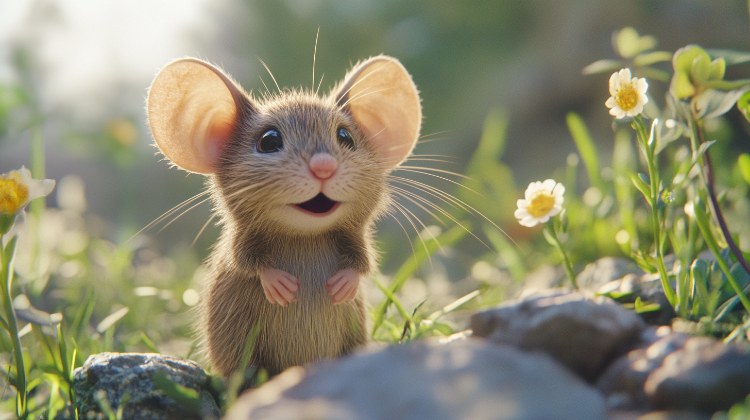What Do Baby Turtles Eat? Tips for Raising a Baby Turtle
Baby turtles are adorable, and as a pet, they require special care to thrive. Knowing what to feed them and how to raise them properly is key to ensuring their health and happiness. In this article, we will explore what baby turtles eat and share some helpful tips for raising them.

1. Diet of Baby Turtles
Baby turtles are omnivores, which means they eat both animal and plant-based foods. Their diet should be balanced to provide them with all the nutrients they need for healthy growth. Here are some common foods baby turtles enjoy:
- Commercial Turtle Food: Specially formulated pellets or food sticks are designed to meet the nutritional needs of baby turtles. These are a good option for regular feeding.
- Live Food: Baby turtles love live food such as small fish, crickets, worms, or other insects. These foods provide protein that helps them grow strong.
- Vegetables: Fresh leafy greens like lettuce, kale, and dandelion greens are perfect for turtles. Some baby turtles may also enjoy small pieces of fruits like strawberries or blueberries.
- Aquatic Plants: Turtles are natural swimmers, and they love nibbling on aquatic plants such as water lettuce, duckweed, and water hyacinth.
- Calcium Supplements: To ensure healthy shell development, calcium-rich foods like cuttlebone or calcium powder should be added to their diet.
2. How to Feed Baby Turtles
When feeding baby turtles, it’s important to remember that their stomachs are small, so offering small amounts of food frequently is best. Feed them once or twice a day, depending on their size and appetite. Always remove any uneaten food to prevent it from fouling the water.
3. Tank Environment
A baby turtle’s living environment plays a crucial role in their overall health. Their tank should be large enough to allow them to swim and bask comfortably. The water should be clean, with a filtration system to maintain good water quality. A basking area, where they can dry off and absorb UVB light, is also essential for their well-being.
4. Water Temperature and Lighting
Turtles are cold-blooded, so they rely on external heat sources to regulate their body temperature. The water temperature should be maintained between 75-85°F (24-29°C), and the basking area should be around 90°F (32°C). Special UVB lighting should be used to help turtles metabolize calcium and promote shell growth.
5. Signs of a Healthy Turtle
A healthy baby turtle should be active, eat regularly, and have a clean, smooth shell. If the turtle appears lethargic, is refusing to eat, or has signs of shell damage, it may be a sign of illness or improper care. If you notice these signs, it’s important to consult with a veterinarian experienced in reptiles.
6. Handling Your Baby Turtle
Although baby turtles are cute and small, they can get stressed out by excessive handling. Limit direct contact to minimize stress and avoid dropping them, as their shells are vulnerable during this growth stage. Always wash your hands before and after handling them to prevent the spread of bacteria.
Conclusion
Raising a baby turtle requires careful attention to their diet, habitat, and overall care. By feeding them a balanced diet of commercial turtle food, live food, and fresh vegetables, while maintaining a clean tank with proper lighting and heating, you can ensure your turtle grows into a healthy adult. With the right care, baby turtles can make delightful and low-maintenance pets.
 LaydsVoa
LaydsVoa




